KM Nanavati v. State of Maharashtra (1962)
AIR 1962 SC 605 • Supreme Court of India • India

Quick Summary
Case Title: KM Nanavati v. State of Maharashtra, AIR 1962 SC 605.
Nanavati, a naval officer, shot Ahuja after learning of Ahuja’s affair with his wife, Sylvia. He claimed grave and sudden provocation under Exception 1 to Section 300 IPC to avoid a murder conviction. The Supreme Court held that his conduct was deliberate and not a sudden loss of self-control, so Section 302 IPC applied.
Issues
- Is the accused liable for murder under Section 302 IPC?
- Does Exception 1 to Section 300 (grave and sudden provocation) reduce the offence?
Rules
- Section 302 IPC: Punishment for murder.
- Exception 1 to Section 300 IPC (Grave & Sudden Provocation): Homicide is not murder if:
- The victim provoked the accused.
- The provocation was grave and sudden.
- The accused lost self-control because of it.
- The killing happened while the loss of self-control continued.
- The death caused was of the provoker (or another by mistake/accident).
Revenge-thinking breaks the defence. If there is time to plan, arm, and travel, the act is not a sudden heat-of-passion response.
Facts (Timeline)
April–July 1959
- Nanavati, second-in-command on INS Mysore, lived in Bombay with his wife Sylvia and their children.
- They knew Ahuja, a 34-year-old bachelor who ran an automobile business.
- On 27 April 1959, Sylvia confessed she had an intimate relationship with Ahuja.
- Nanavati drove his family to a cinema, went to his ship, took a revolver and six cartridges on a false pretext, loaded the gun, finished some official work, and drove to Ahuja’s flat.
- Inside Ahuja’s bedroom, an altercation occurred; two shots were fired and Ahuja died.
- Nanavati surrendered to the police. A jury initially acquitted him 8:1, but the Sessions Judge referred the case under Section 307 CrPC.
- The High Court convicted him under Section 302 IPC; he appealed to the Supreme Court.
Arguments
Appellant (Nanavati)
- Act happened due to grave and sudden provocation from Sylvia’s confession.
- He allegedly sought an explanation from Ahuja; the shooting was accidental in a struggle.
- Hence, at most, culpable homicide not amounting to murder.
Respondent (State)
- There was a cooling-off period: cinema drop-off, ship visit, weapon collection, loading, travel.
- Conduct shows a planned and deliberate act, not a sudden loss of control.
- Use of a loaded revolver breaks the proportionality expected in provocation cases.
Judgment

The Supreme Court affirmed the conviction under Section 302 IPC. Even if the confession initially shocked him, his later steps—arming himself, loading the revolver, and going to Ahuja’s bedroom—showed regained control and planning. The defence of grave and sudden provocation therefore failed.
Ratio Decidendi
- Cooling-off defeats provocation: where time and acts show deliberation, Exception 1 to Section 300 does not apply.
- Proportionality matters: using a loaded firearm to “retort” is not a heat-of-passion response.
- Reasonable person test: context is relevant, but calculated steps negate sudden loss of self-control.
Why It Matters
This case draws a sharp line between impulse and plan. It is a staple for exam answers on murder vs. culpable homicide, showing how courts read “grave and sudden provocation” narrowly when a weapon is procured and time has passed.
Key Takeaways
- Exception 1 to Section 300 fails if the act is planned after cooling-off.
- Weapon choice and preparation show intent, not sudden passion.
- Section 302 IPC applies when the response is deliberate and disproportionate.
Mnemonic + 3-Step Hook
Mnemonic: “COOL—LOAD—GO”
- COOL: Time to cool breaks suddenness.
- LOAD: Procuring and loading a gun shows planning.
- GO: Traveling to the scene confirms deliberate action.
IRAC Outline
Issue: Does Exception 1 to Section 300 reduce the charge from murder to culpable homicide?
Rule: Exception 1 applies only to grave and sudden provocation causing immediate loss of self-control; proportionality and timing are key.
Application: Nanavati armed himself after a time gap, loaded the weapon, and went to Ahuja’s bedroom—these are deliberate steps, not an instant flare-up.
Conclusion: Exception 1 does not apply; conviction under Section 302 IPC stands.
Glossary
- Grave & Sudden Provocation
- A severe and immediate trigger that makes a person lose self-control at once.
- Cooling-Off Period
- Time between provocation and act; if present, the defence usually fails.
- Proportionality
- The response should match the provocation; deadly weapons suggest deliberate intent.
FAQs
Related Cases
Share
Related Post
Tags
Archive
Popular & Recent Post






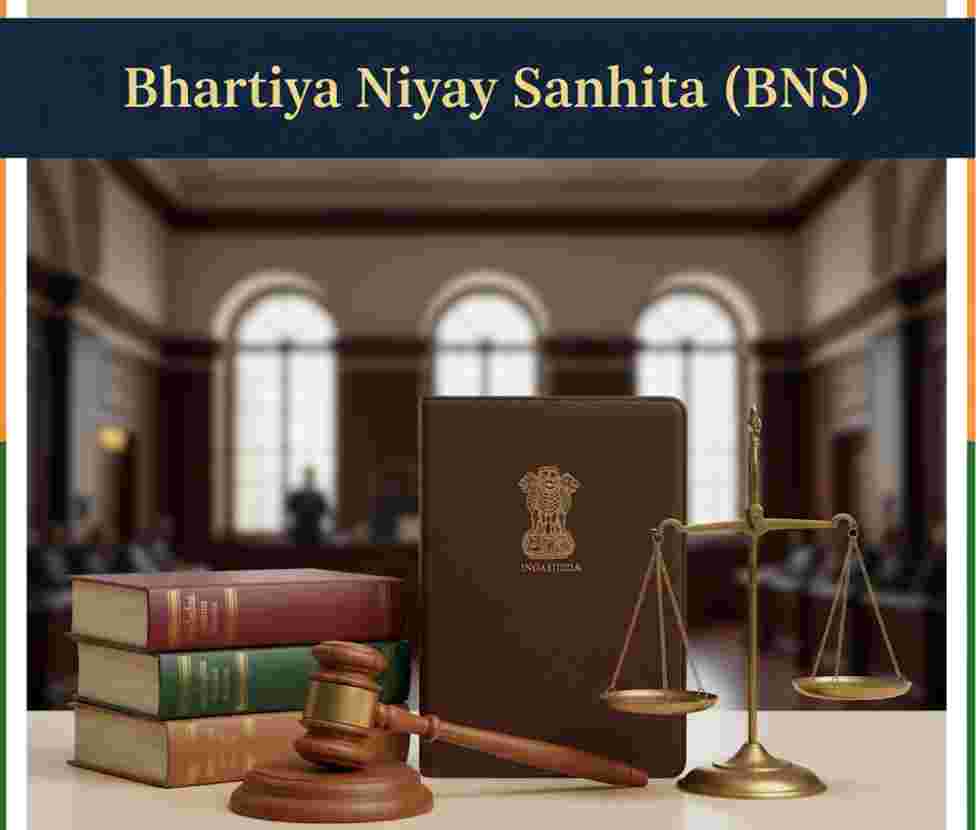

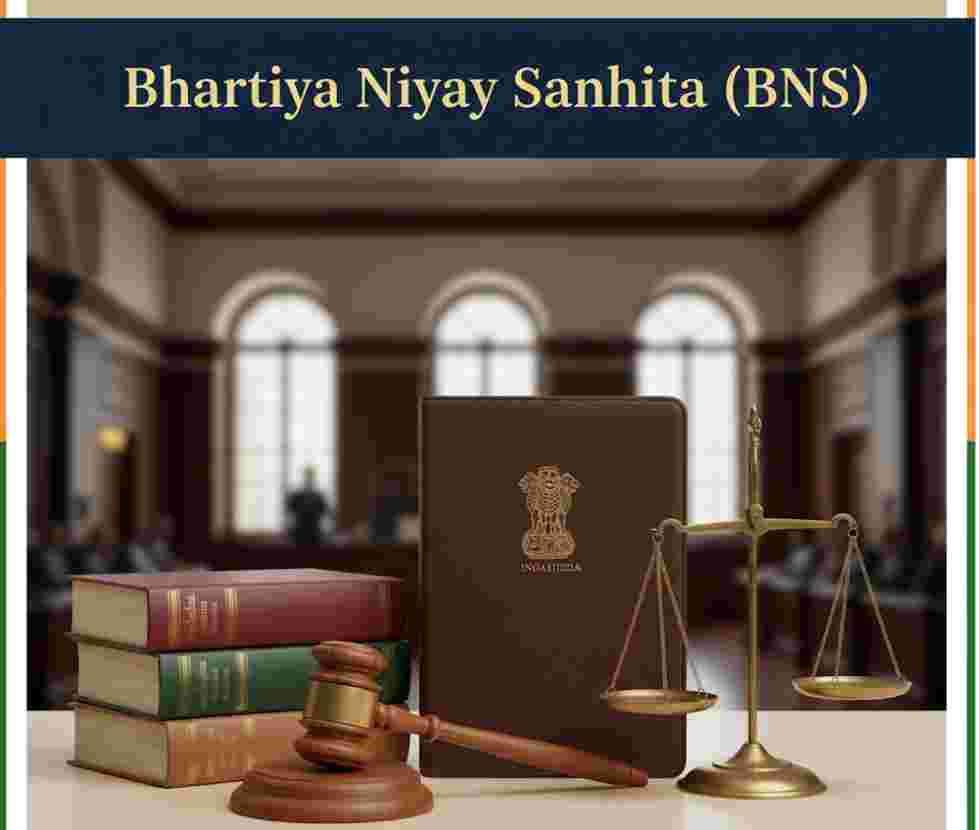
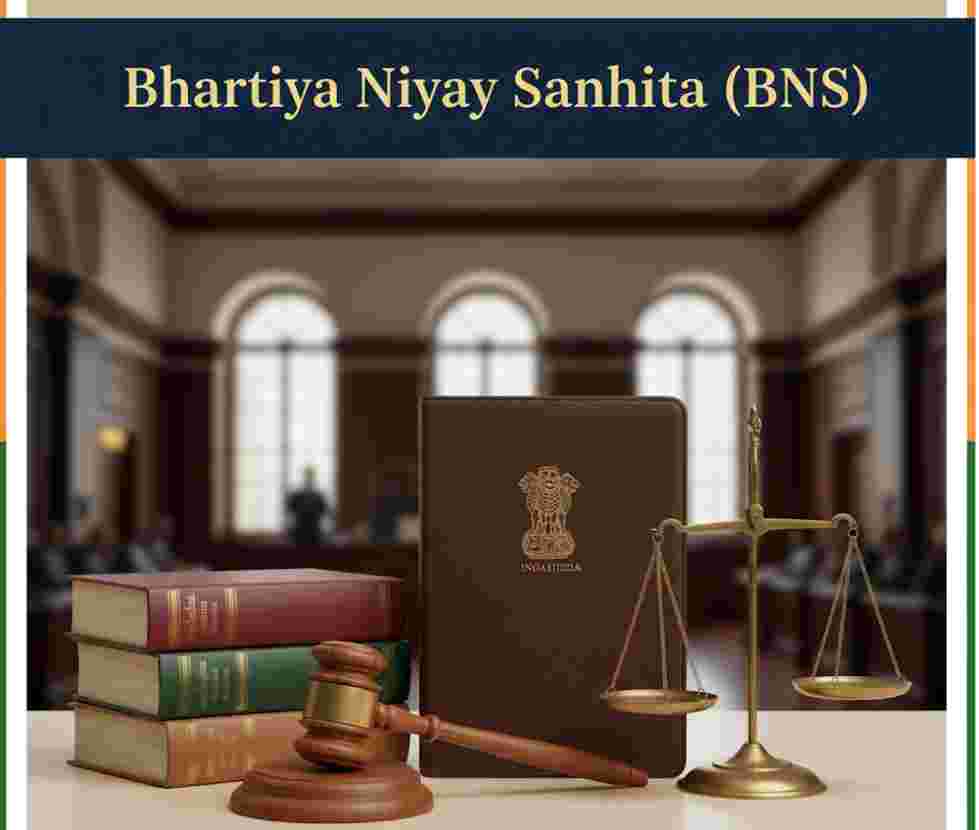
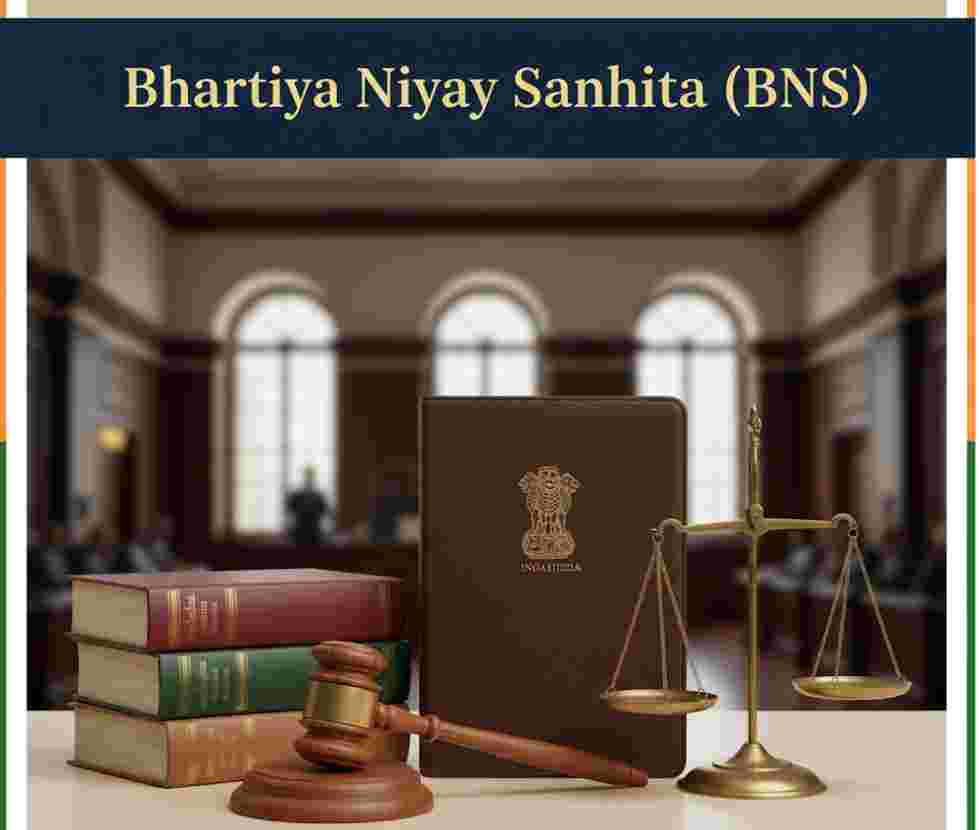
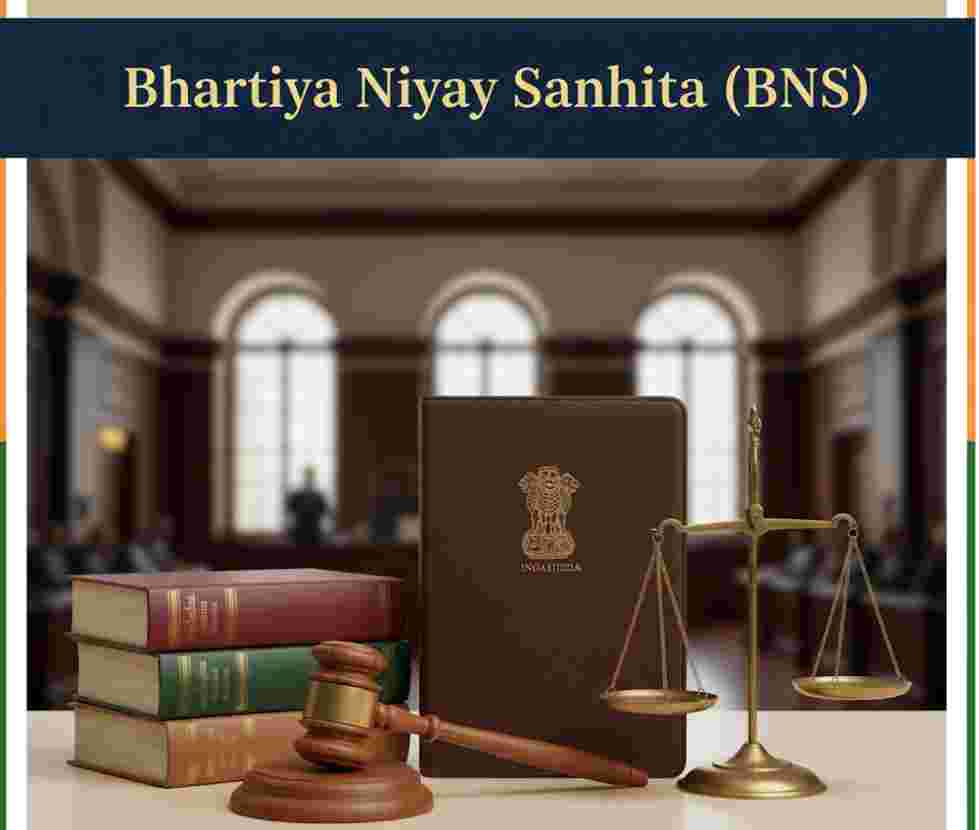
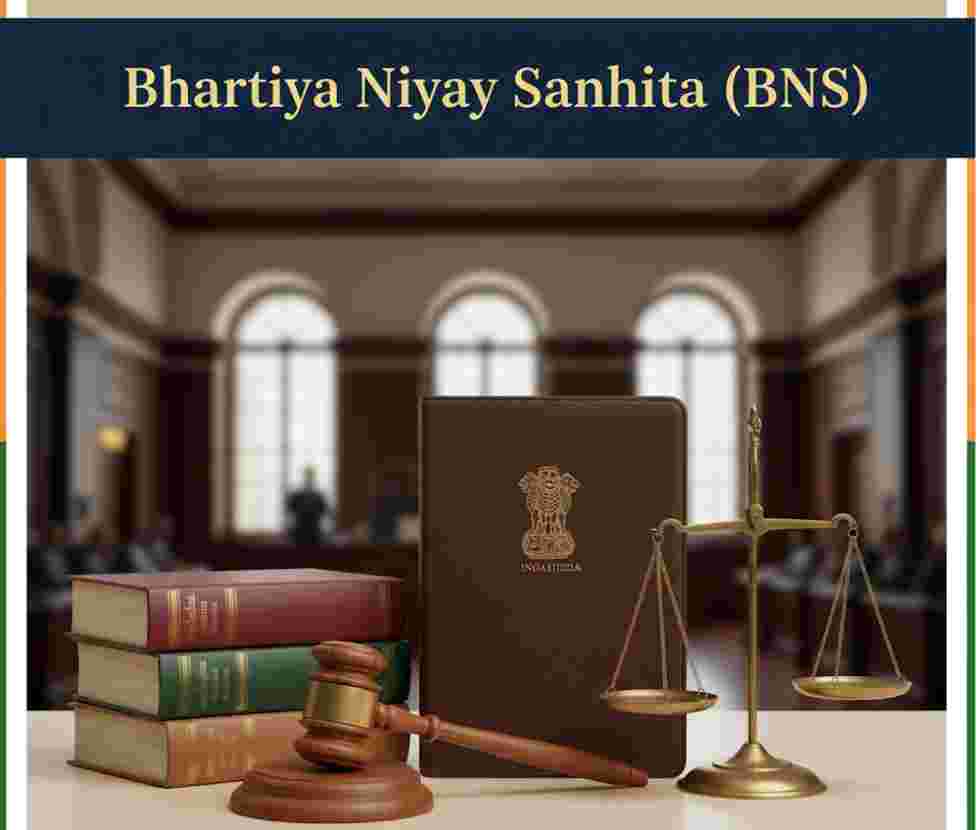

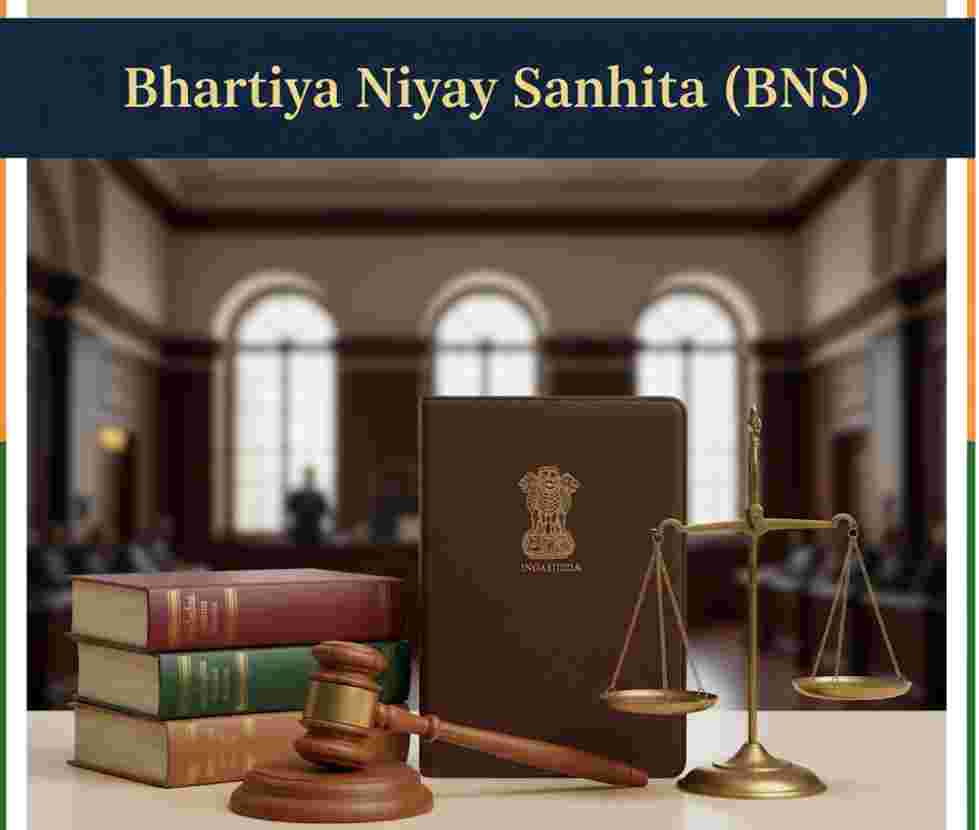

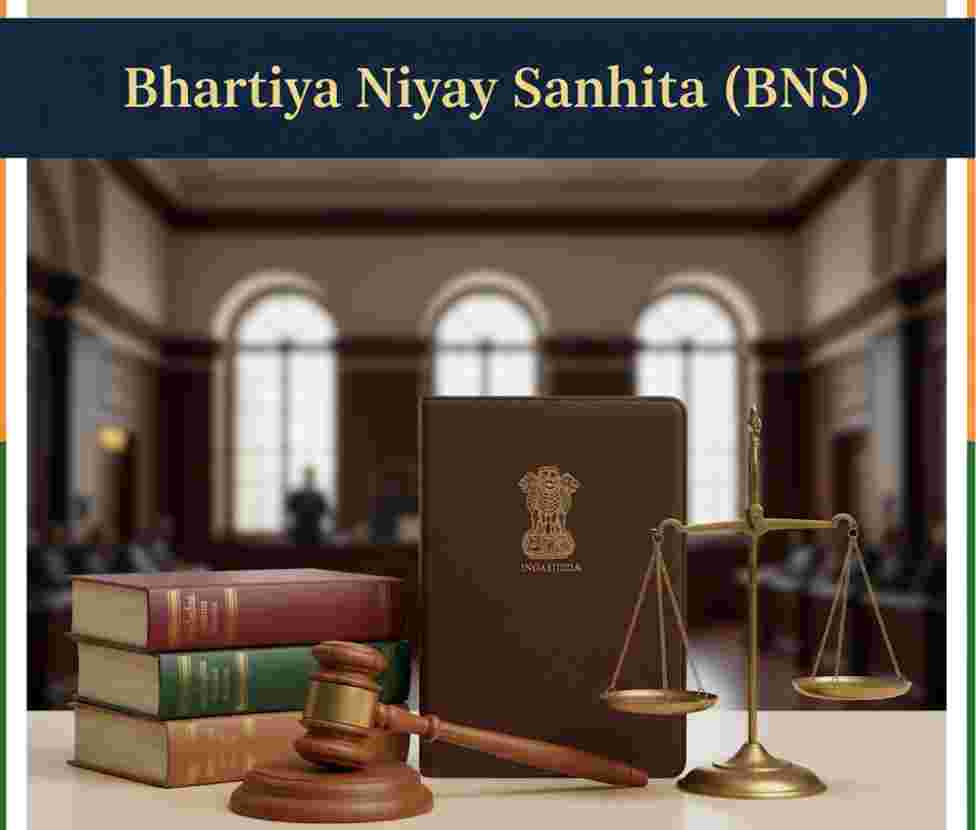
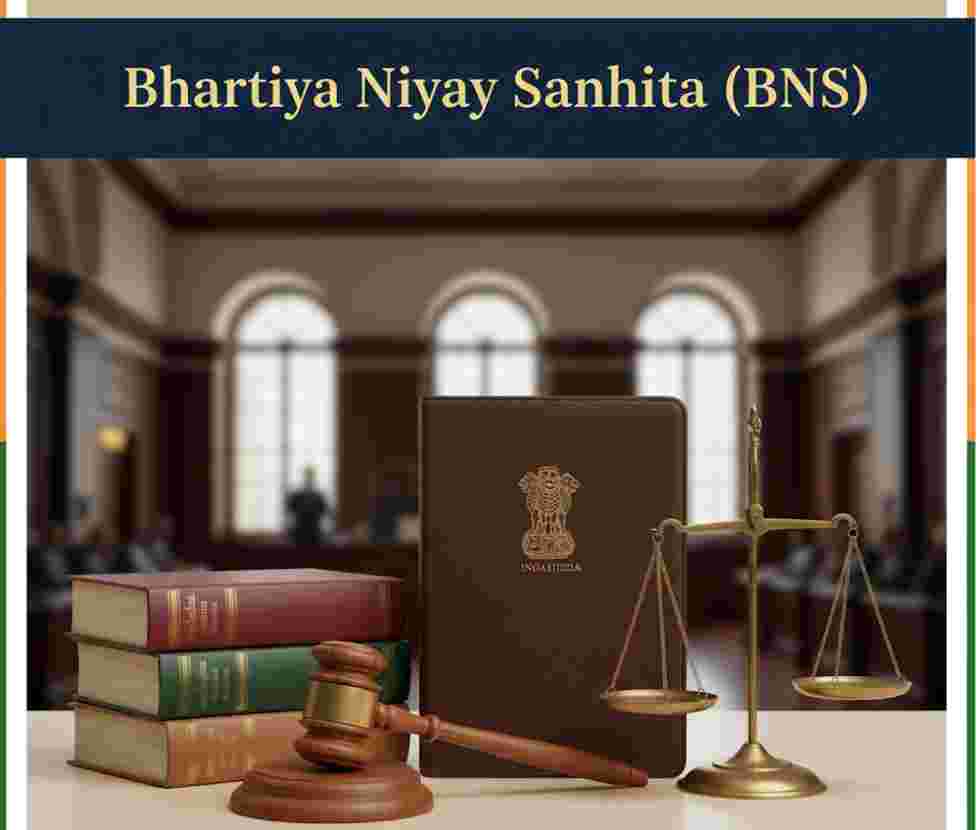
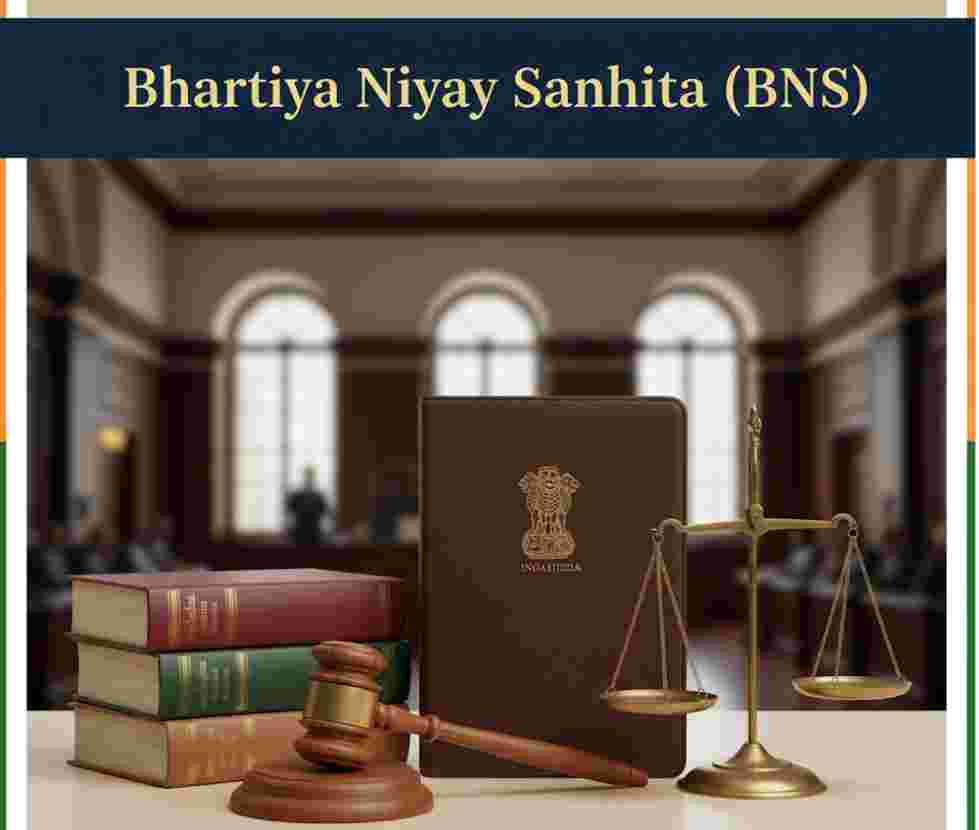
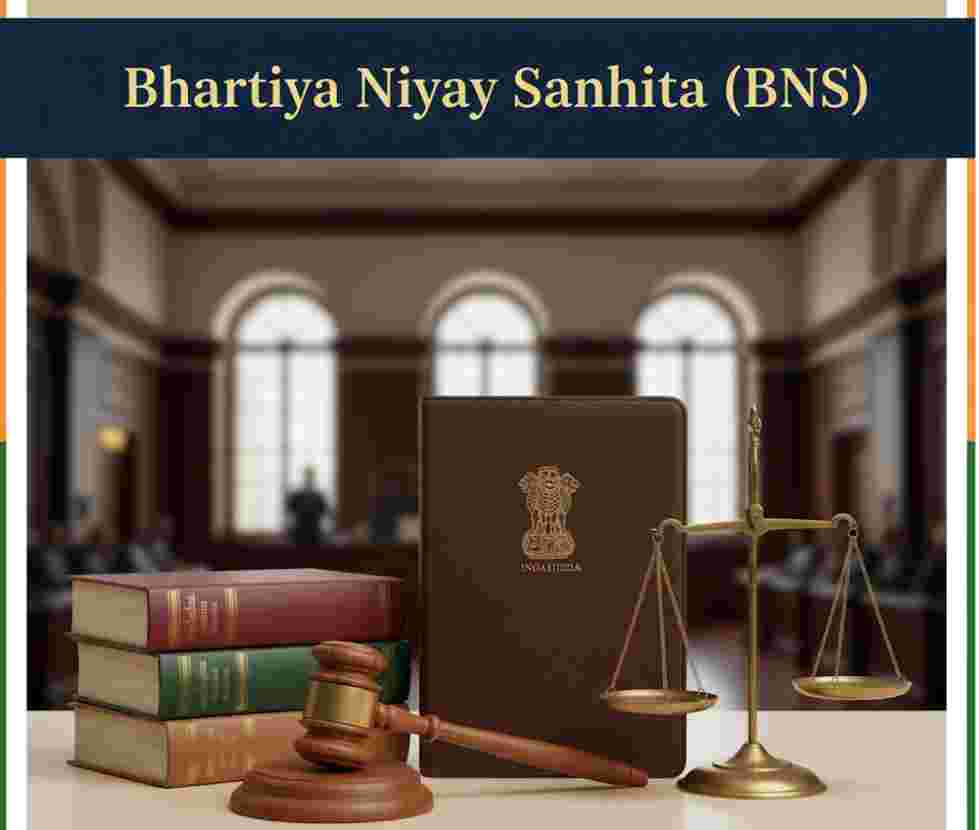
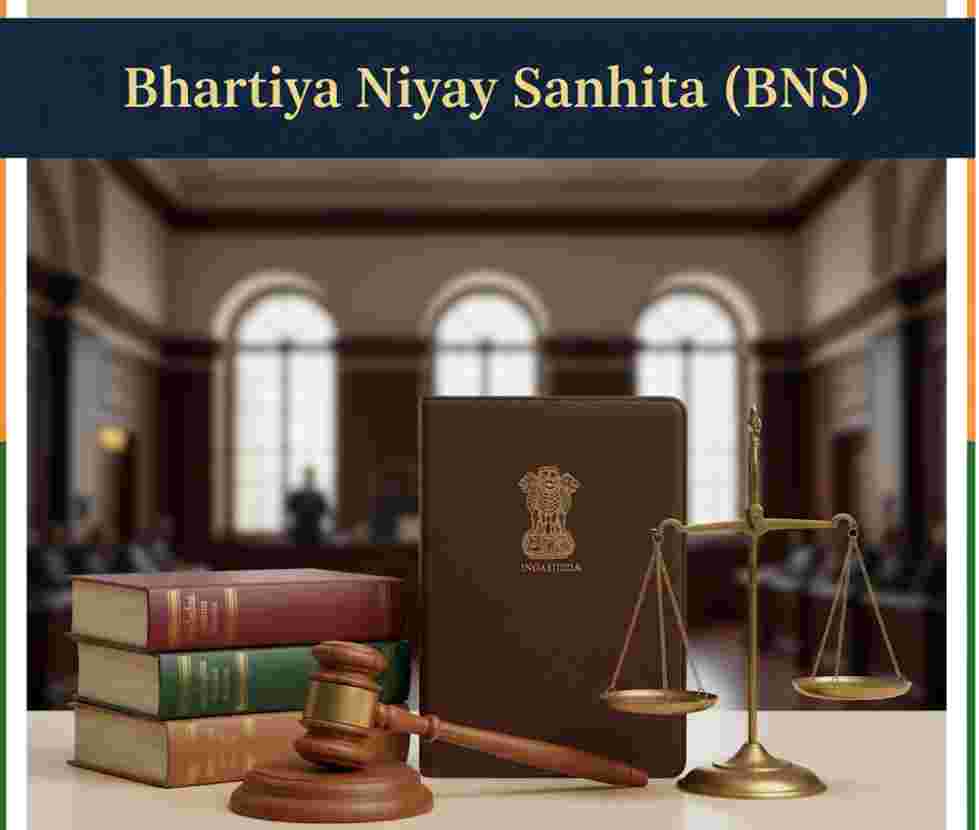
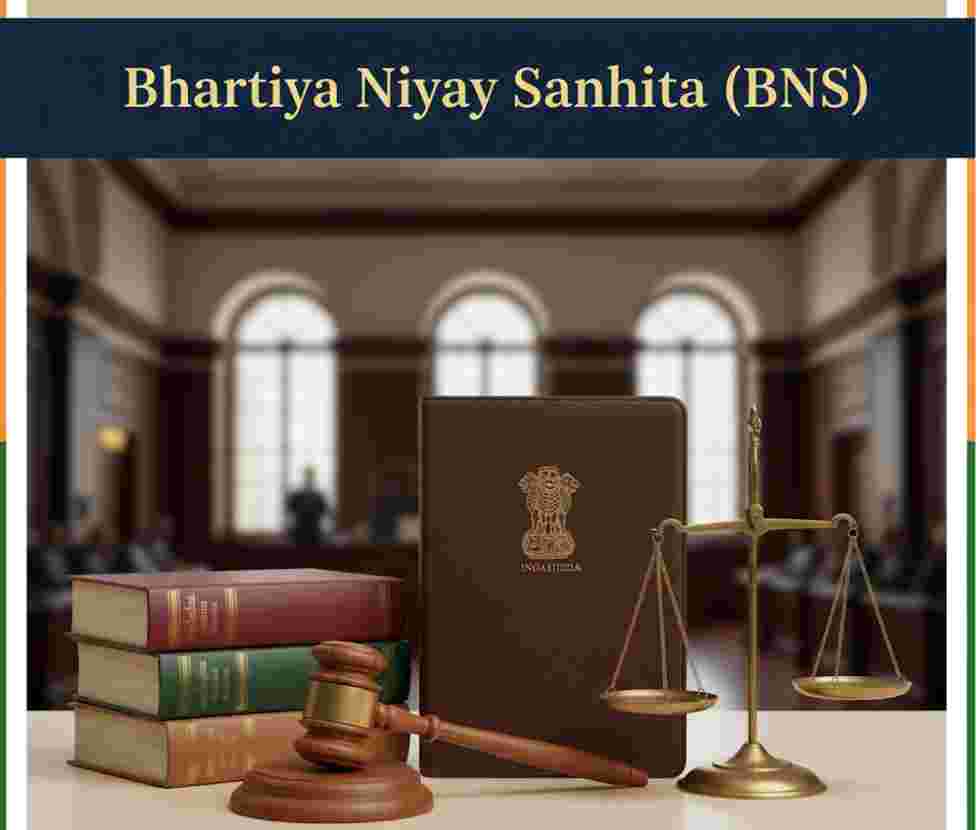
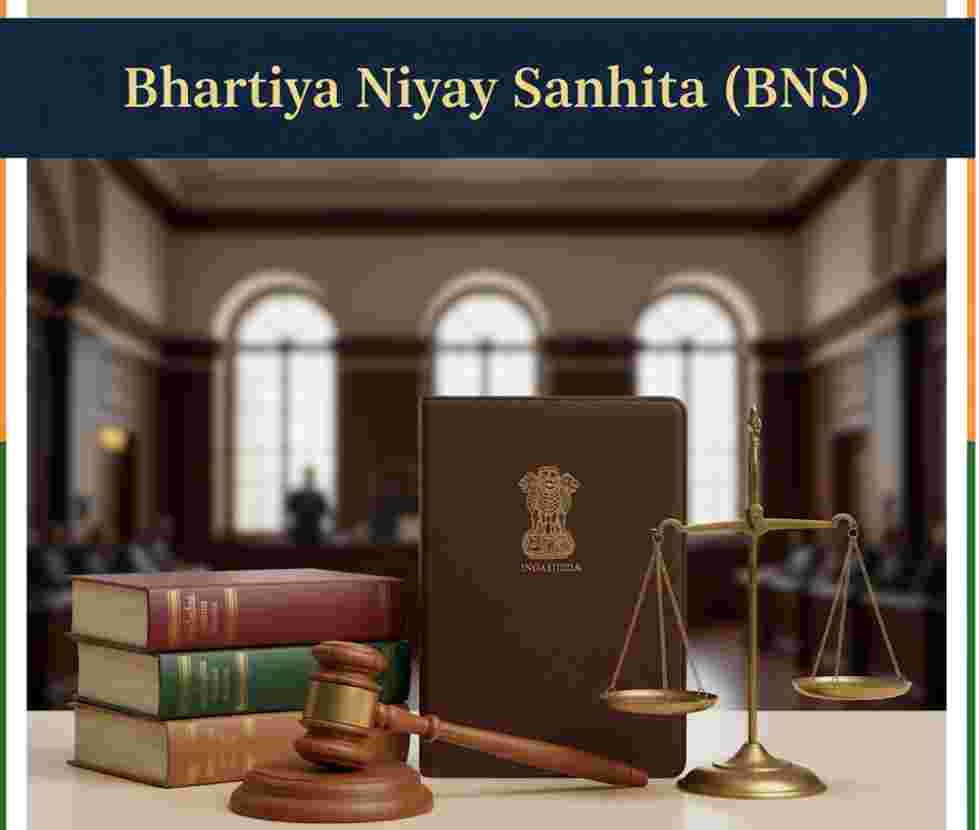

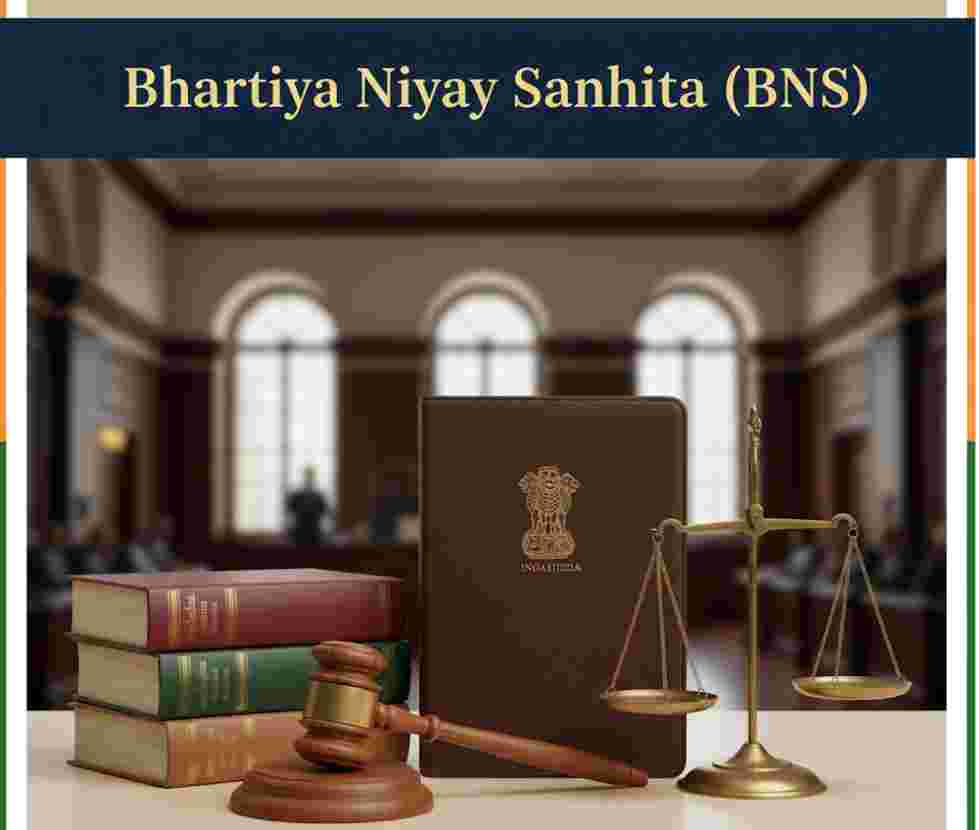
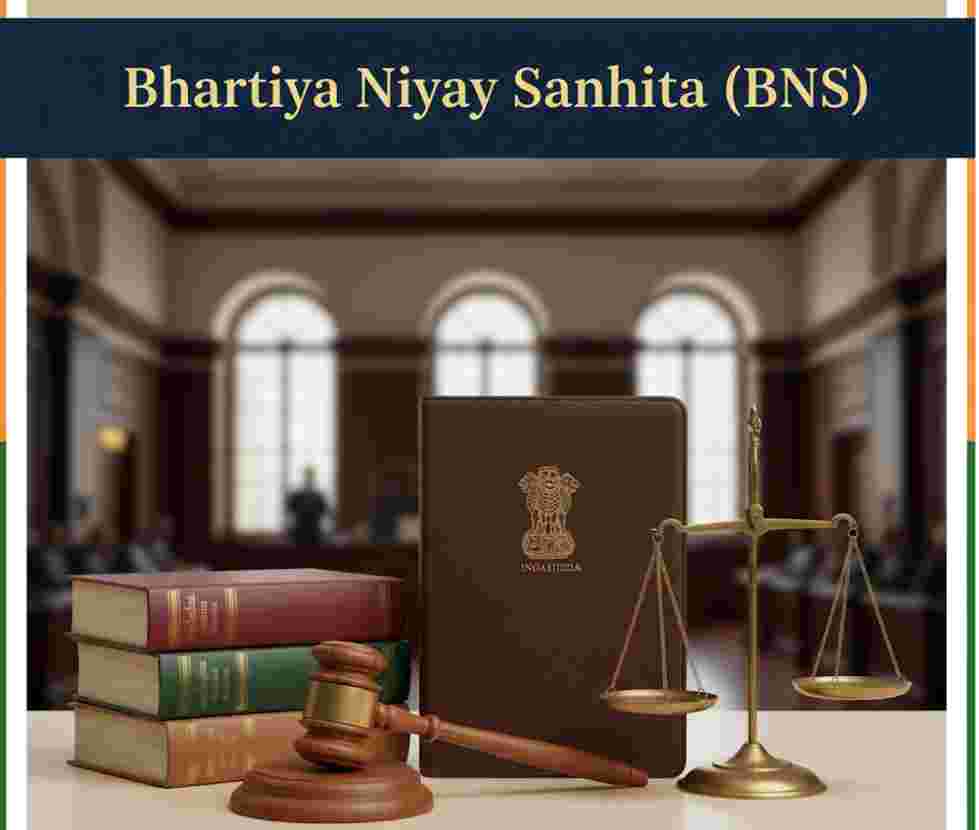
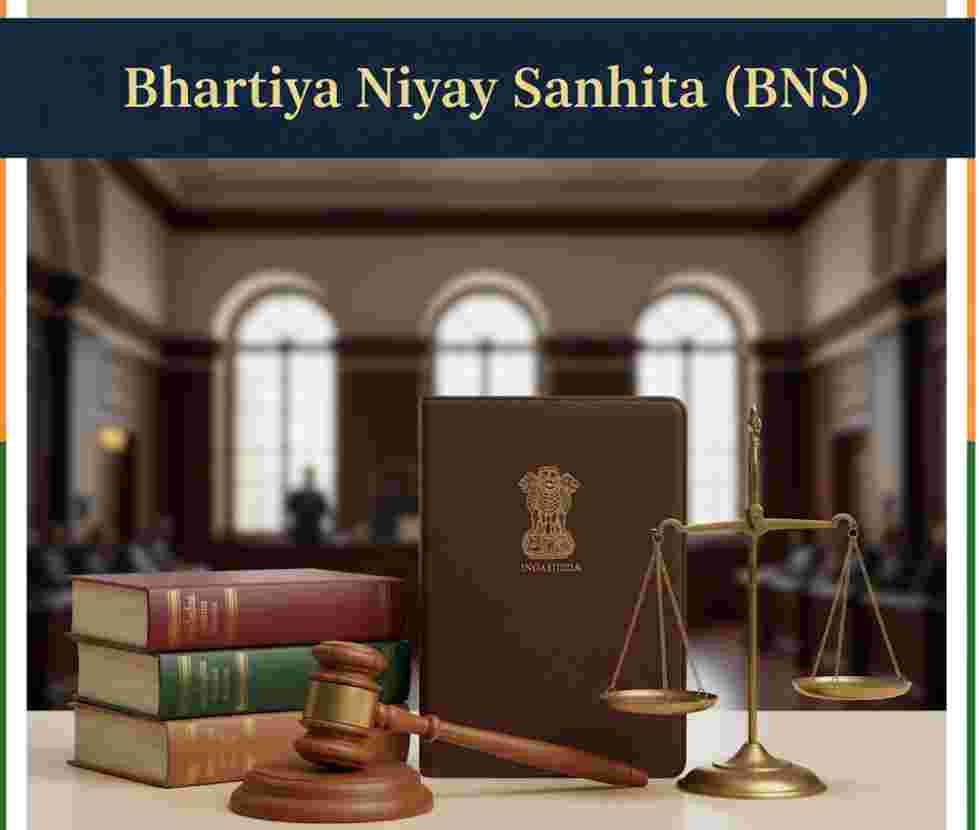
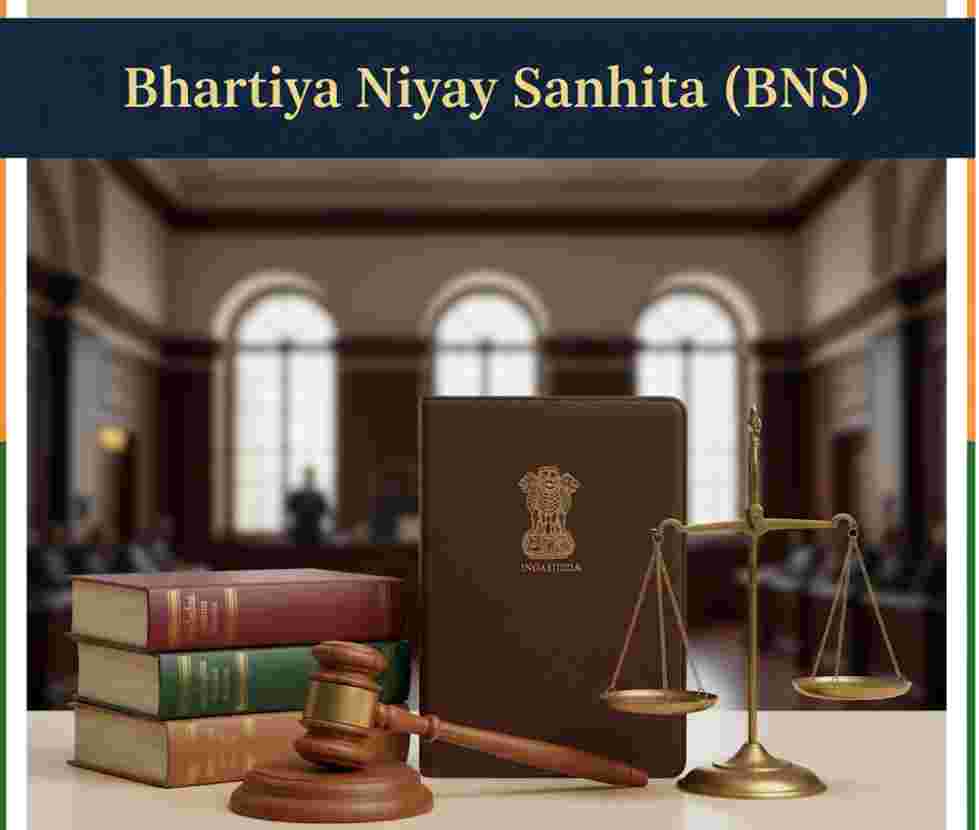
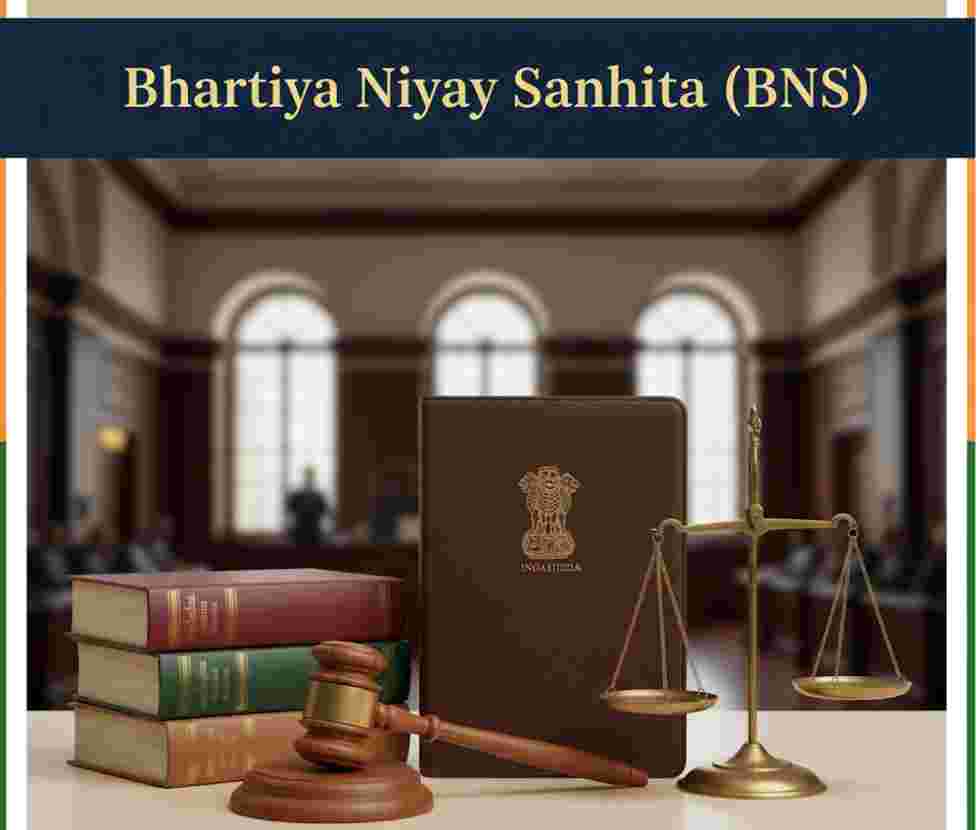


































































































Comment
Nothing for now